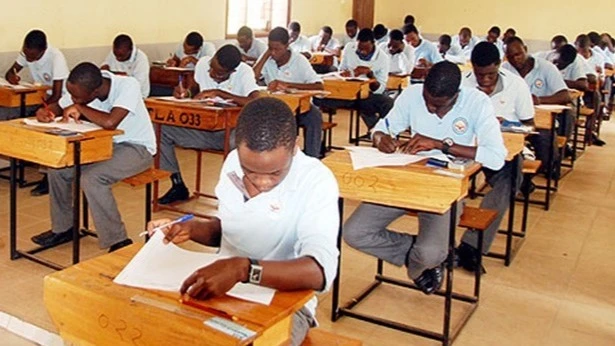Administering examinations as an evaluation tools, learning resources

FOR many years, examinations have been a central measure of academic understanding following a course of study or training. This reality has entrenched examinations as a vital component of education systems worldwide.
Exams help in assessing how well learners have grasped the content taught in class. They show both learners and teachers what has been understood and what needs more attention. Teachers may use examination results to determine whether a learner can move on to the next level of education or qualify for certain academic programs.
Knowing they will be assessed, exams motivate learners to study, revise and practice consistently—developing discipline and responsibility. When followed by corrections and feedback, examinations help learners identify their strengths and weaknesses, which support personal academic growth.
In response, some parents invest heavily in private tutoring to ensure their children perform well. Similarly, schools implement remedial programs, especially for candidates in examination years, to help improve outcomes and maintain the school’s reputation.
Remedial classes help students who are falling behind catch up with their peers by revisiting foundational concepts they may have missed or misunderstood. Such kind of programmes give learners extra time and focuses on supporting them to prepare for national exams.
Not all students learn at the same pace. Remedial programmes allow teachers to provide targeted instruction to bridge specific learning gaps.
Extra help can boost a student’s self-esteem and motivation, especially when they begin to see improvement in their performance. Since schools aim for strong academic results, remedial support helps maintain high performance levels, especially in candidate classes.
Many schools do this because parents prioritize examination results over other learner abilities when choosing schools.
Unfortunately, many of these other learner abilities—such as creativity, collaboration, and critical thinking—are difficult to observe or measure and therefore often overlooked.
As a result, teachers are under pressure to produce good examination results. Since examinations remain a standard indicator of academic performance, it is essential that they are well-constructed, aligned with the curriculum and designed to assess true learner capability.
Examinations should offer an accurate reflection of a student's academic ability. The results help determine whether a student is ready to proceed with further studies or explore alternative learning pathways.
Consequently, setting fair, standard examinations is crucial. They must be seen not just as a tool for assessment but also as a resource for teaching and learning.
Poorly designed or unfair exams can discourage learners—especially when they are tested on content they haven’t been taught. To avoid this, some experts recommend that subject teachers either set the exams themselves or review externally prepared papers to ensure alignment with what has been covered in class.
Supervision during exams is another important consideration. Proper monitoring ensures the validity of results, which in turn informs teaching strategies.
When students are allowed to cheat, it produces misleading outcomes that hinder the teacher’s ability to accurately assess student understanding and plan effective lessons. Good results in internal exams that are not reflected in national exams are ultimately meaningless.
To ensure that examinations serve as both valid assessment tools and valuable learning resources, the following principles should be observed:
Set standardized and relevant examinations: Examinations should be of high academic quality and aligned with the learners’ syllabus coverage. Questions should mirror the standards expected in national examinations, assessing real understanding and application of knowledge. Since examinations require time and effort, they must be goal-oriented and provide meaningful feedback to both teachers and students to inform future learning strategies.
Allow sufficient preparation time: Students should be informed in advance about examination dates. An early release of the exam timetable allows learners to prepare thoroughly, reducing anxiety and reinforcing the idea that exams are a natural part of the learning process rather than something to be feared.
Ensure accurate and fair marking: Marking should be consistent, precise, and impartial. When students perceive the marking process as fair, they are more likely to trust their teachers and remain engaged in their learning. Teachers should also review marked papers with students to clarify mistakes and support understanding. This helps learners to value feedback and enhances the credibility of the assessment process.
Conduct timely corrections: Post-exam corrections are essential. They allow students to learn from their mistakes and correct misconceptions. When done promptly, corrections can motivate learners and reinforce the idea that improvement is possible. This transforms examinations into a tool for continuous learning rather than a one-time judgment.
Repeat assessments to reinforce learning: Administering the same or similar tests after corrections have been done can help assess whether students have internalized the feedback. This shows that the teacher is committed to the learning process and encourages students to take corrections seriously, leading to progressive improvement.
Examinations play a key role in any education system. They help determine who is ready to advance to the next level or enter the job market. As such, they are used for certification and validation of skills.
Therefore, it is important to instill in students, from an early age, the value of examinations—not just as assessments, but as opportunities for learning and growth.
Top Headlines
© 2025 IPPMEDIA.COM. ALL RIGHTS RESERVED

























